2023. September 27.
Research is being carried out at BME in 11 subjects in the National Defence and Health subprograms, in the framework of Excellence in the Field of Research Program 2021.
János Levendovszky, vice-rector for science and innovation gave a presentation about BME’s Excellence in the Field of Research Program (EFRP) at the 12 September dissemination event of EFRP. In his presentation, “Excellence in focus - research at the university” he explained how the program corresponds to the expectations of its initiator, the National Research, Development and Innovation Office. The purpose of the program is to build on academic excellence to create results in basic research and develop new products and prototypes, to increase scientific productivity and to make the RDI focus more pronounced along with BME’s professional and human potential. BME participated in the National Defence and Health subprogrammes with research conducted in 6 and 5 areas respectively. The vice-rector listed BME’s successes at the Excellence contests so far, and emphasized the transformative role of EFRP 2021, which involved every BME faculty in the integration of the university’s scientific expertise. While explaining the strategic importance of EFRP 2021, he pointed out the increased innovation output as well as the results being utilised for patents, start-ups, and spin-offs.
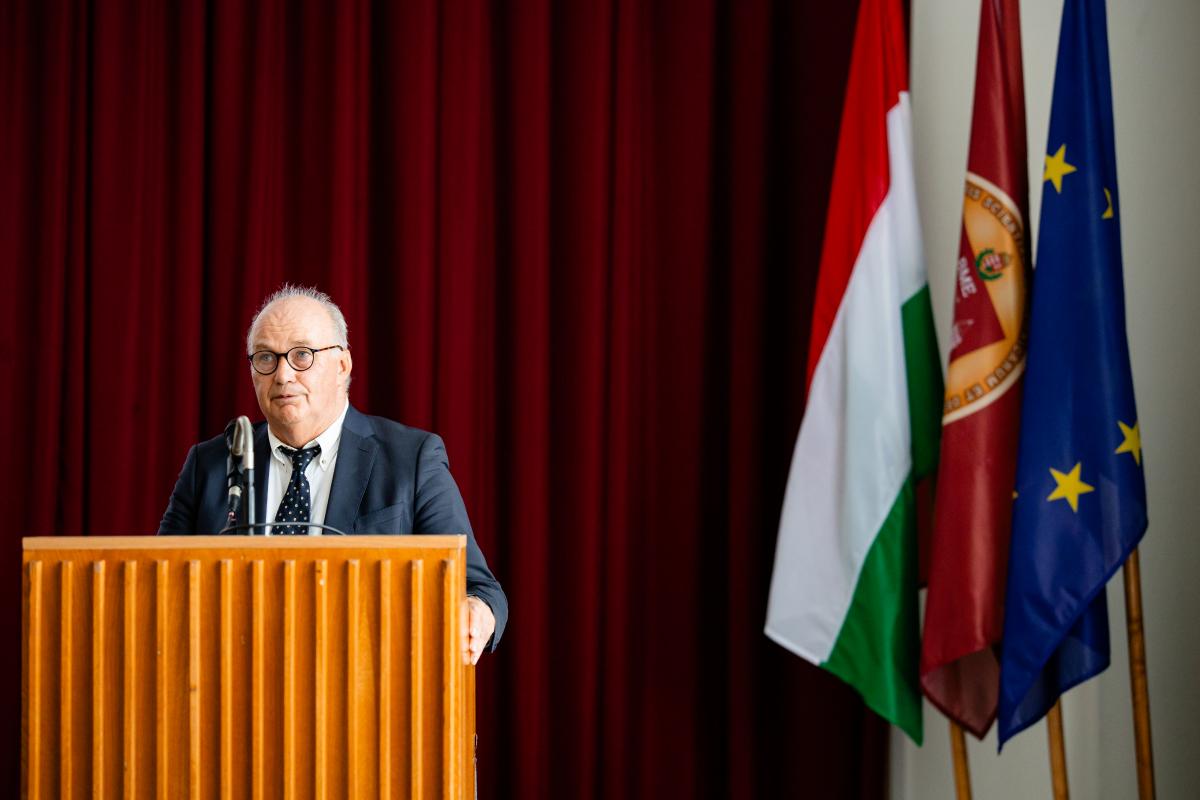
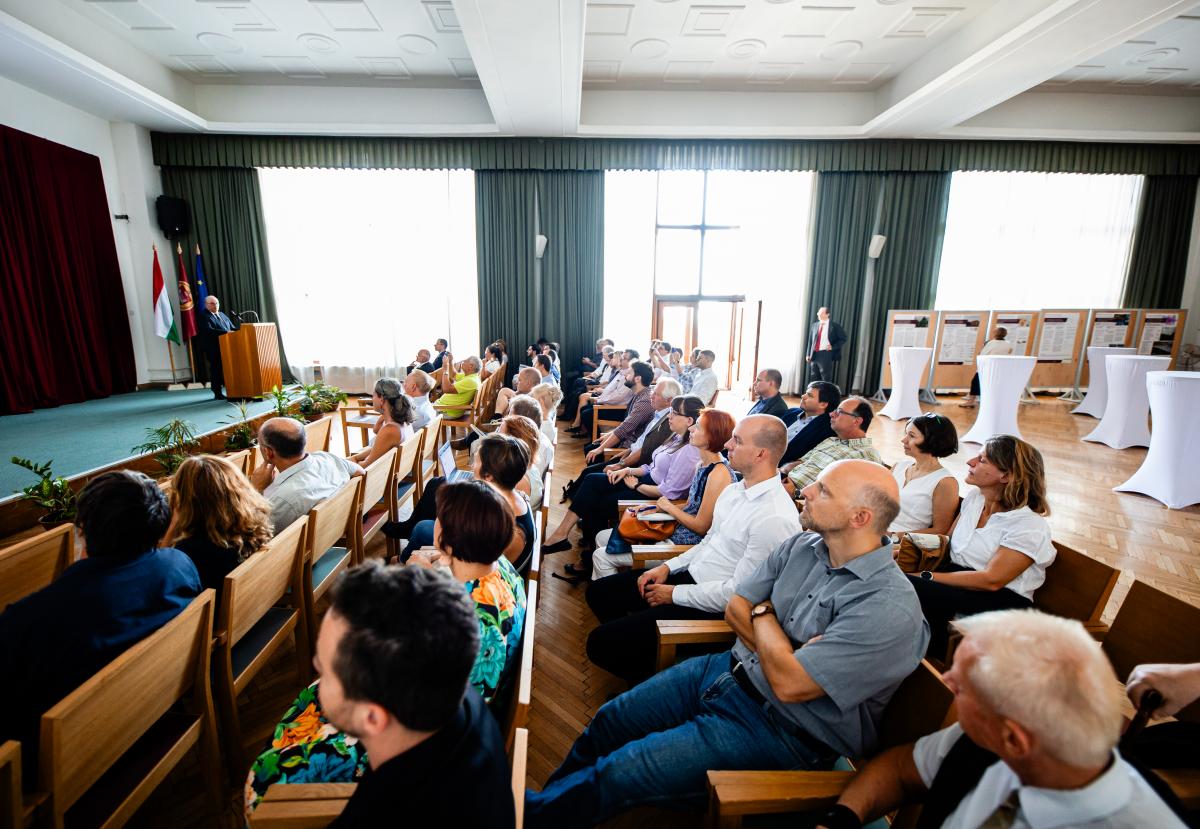
Associate Professor József Nagy, coordinator of the project presented the project organisation and the research teams, and said that all eight faculties were involved in the two subprograms, and the full value of the support received for the program amounted to HUF 2,75bn.
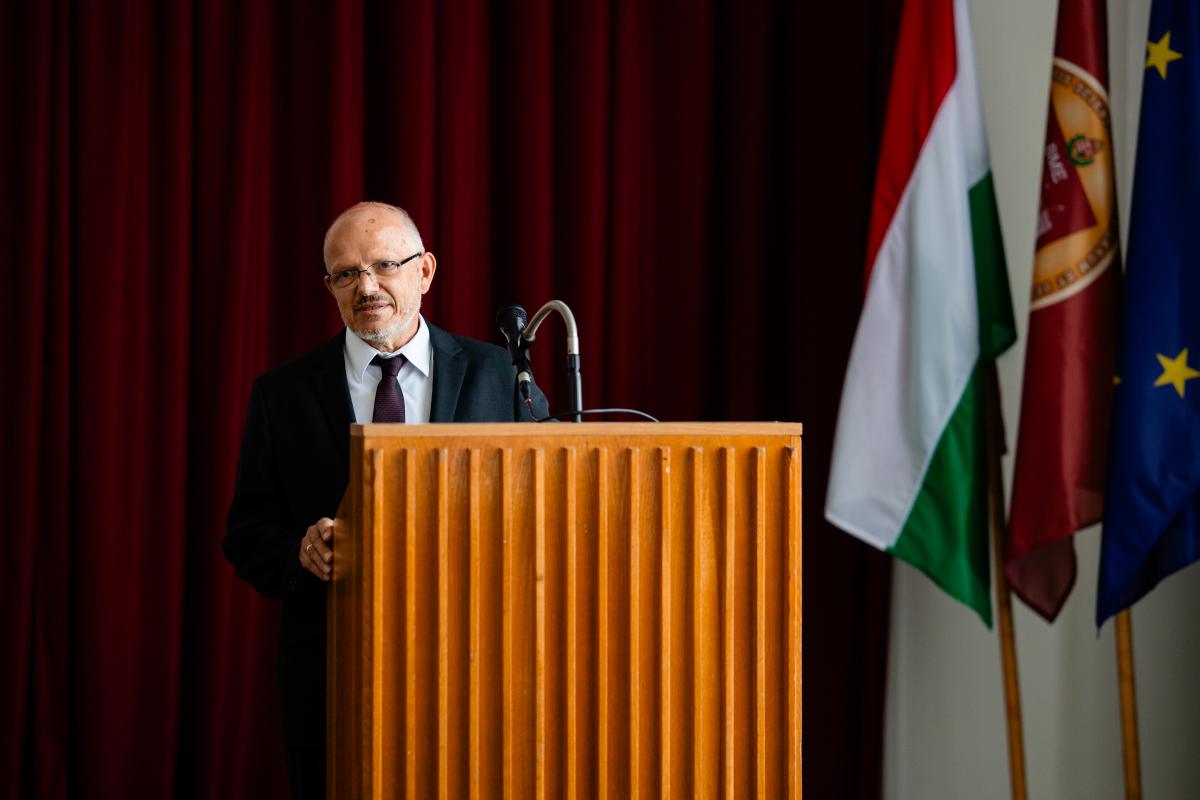
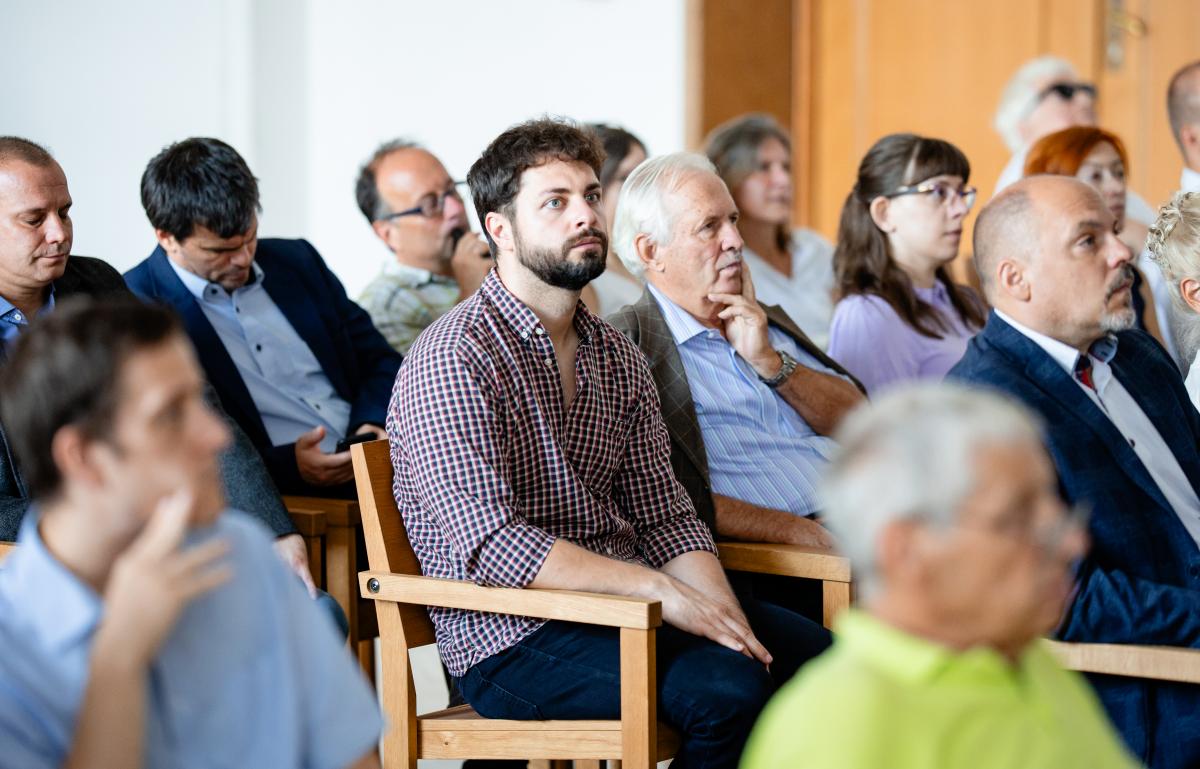
Subprogram leader András Szarka talked about the results of the Health subprogram of the BME EFRP Institutional Excellence subproject. He emphasized that engineering solutions are applied in the development of pharmaceutical and health-supporting products, medicinal modelling and software, health engineering procedures and of medicinal procedures, medical devices, base materials and diagnostic procedures. He talked about the Servier-BME-ELTE cooperation, which used metagenomic data mining to discover enzymes with new specificity, and also explained the significance of the development of pharmaco-toxicological test systems. The Dean of the Faculty of Chemical Technology and Biotechnology finally went back to where BME research in biotechnology, environment and health protection started in 2010.
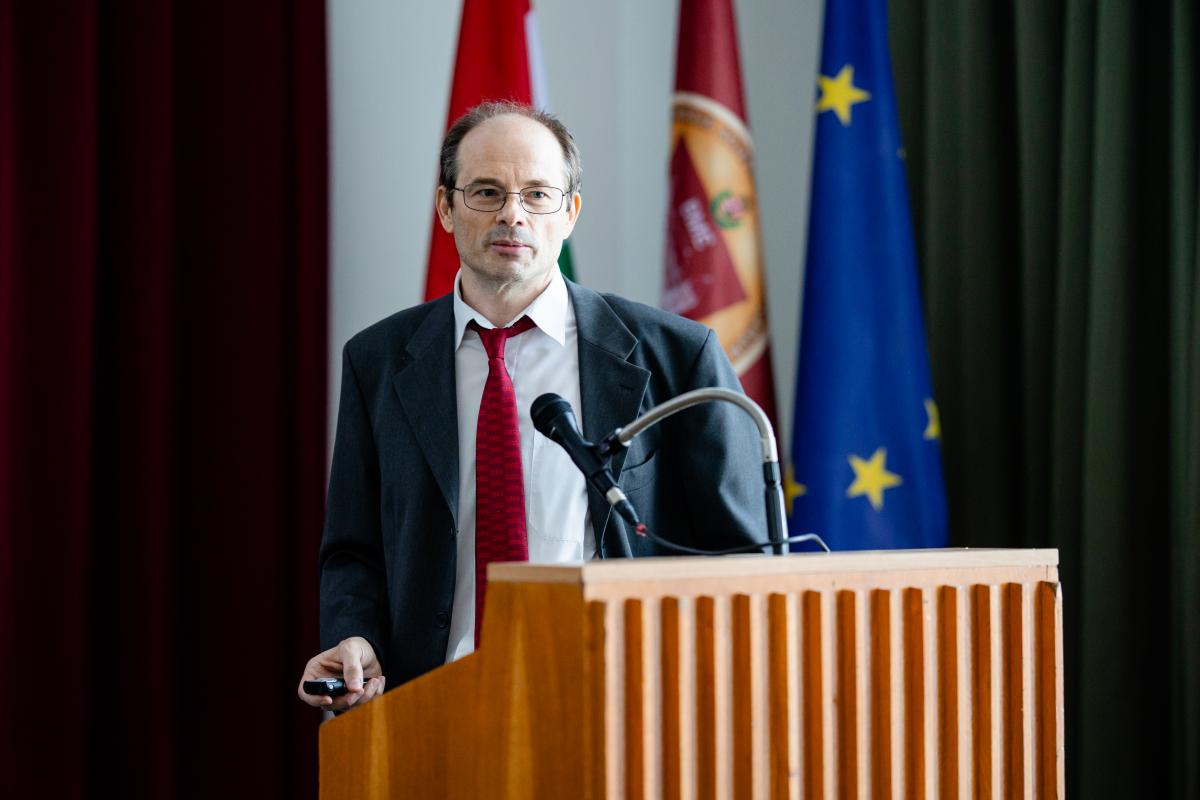
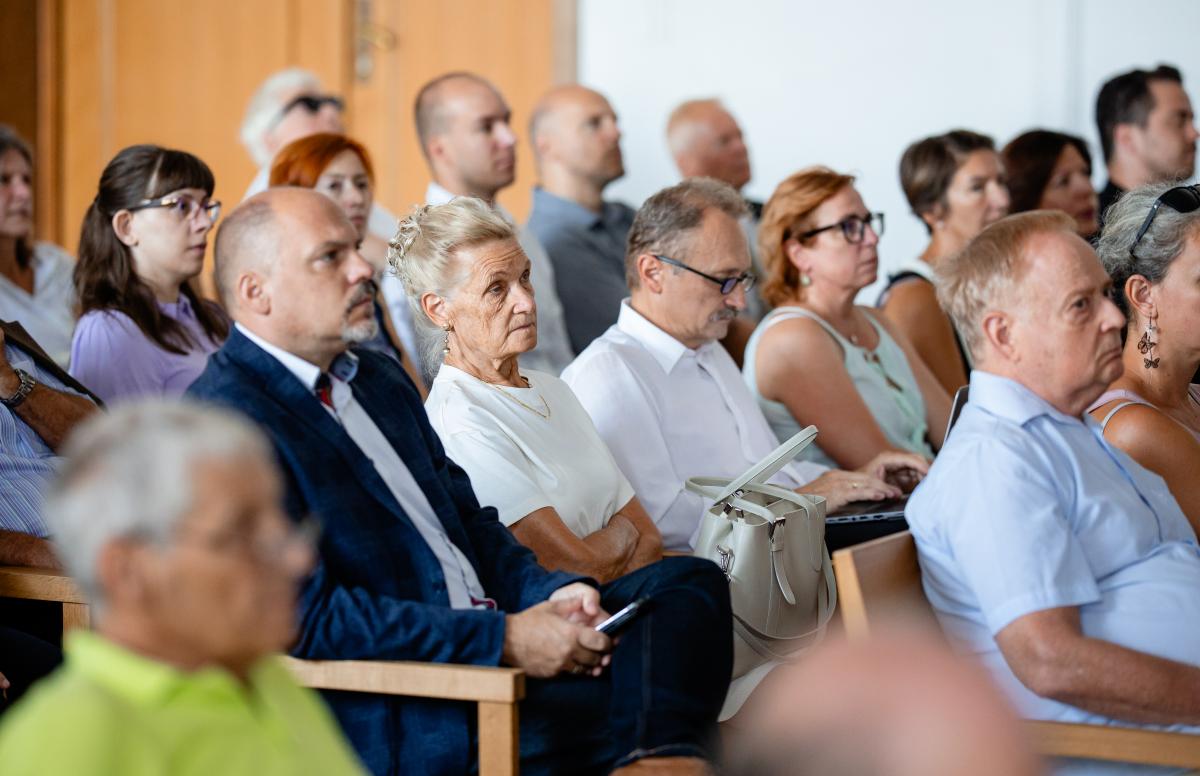
Tamás Krámer associate professor at the Department of Hydraulic Engineering and Water Management of the Faculty of Civil Engineering, presented the objectives of the national defence, national security subprogram as its leader, with the research being done at BME in these fields. The highlighted outputs included the sub-project "Investigating overheating in urban buildings", which helps to estimate future cooling energy demand by mapping the probability of overheating and can be used in the development of urban development programmes, adaptation plans and energy security. He added that increased competencies and multidisciplinary research related to the subprogram are prioritized in the R+D+I strategy. The program attracts young talent to the research, and the research site training of the highly qualified professionals for the industry has also been conducted.
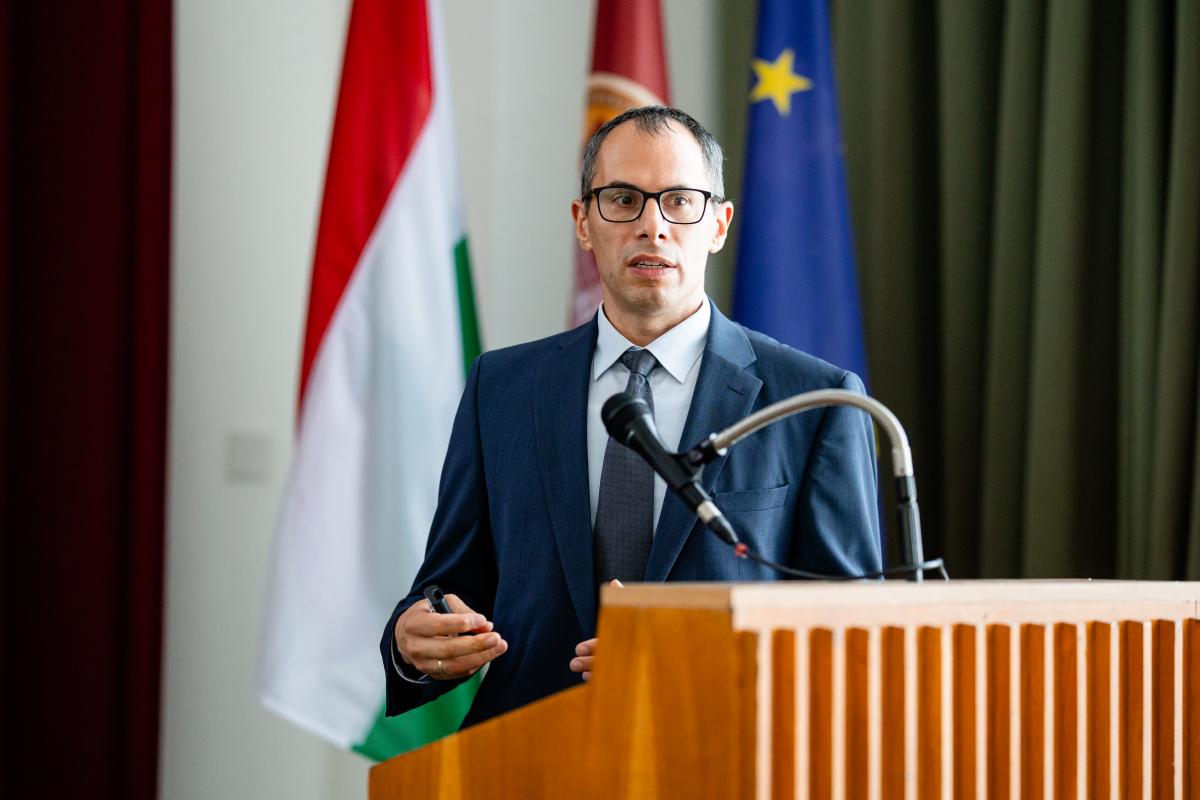
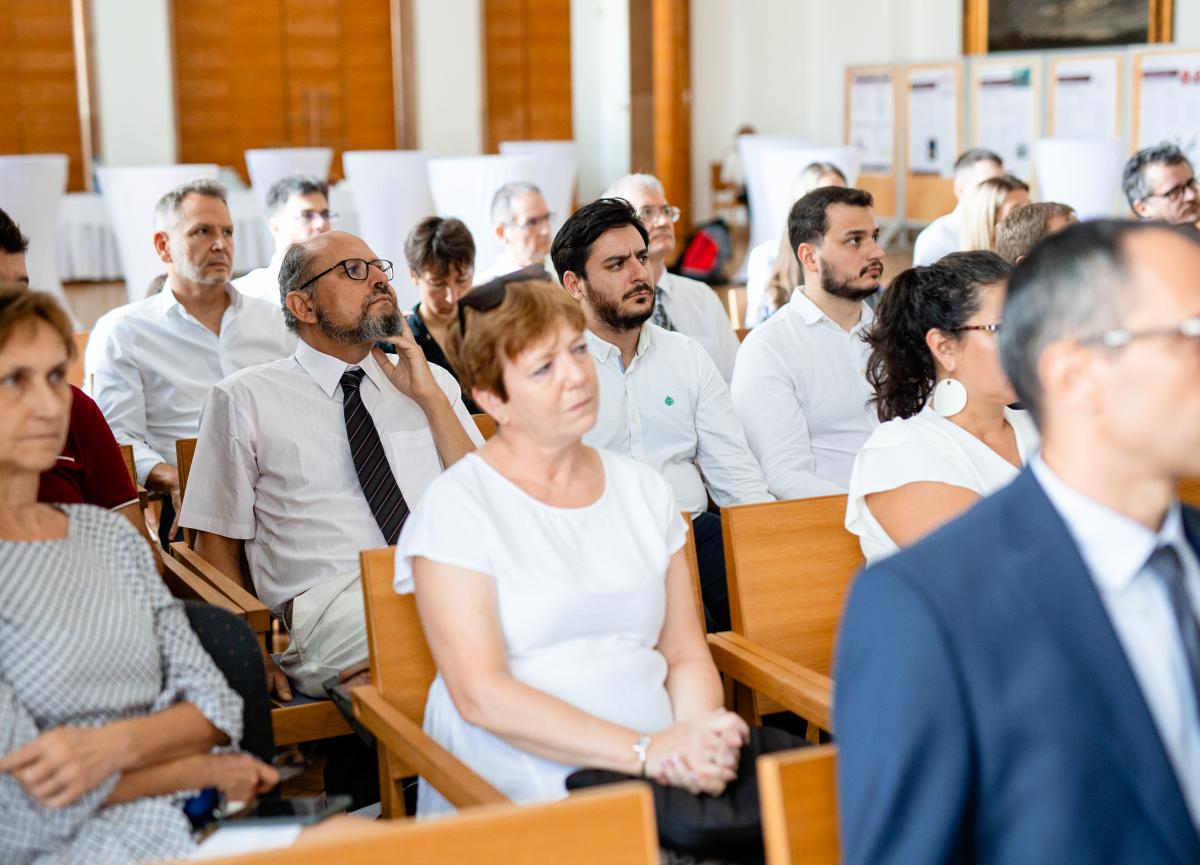
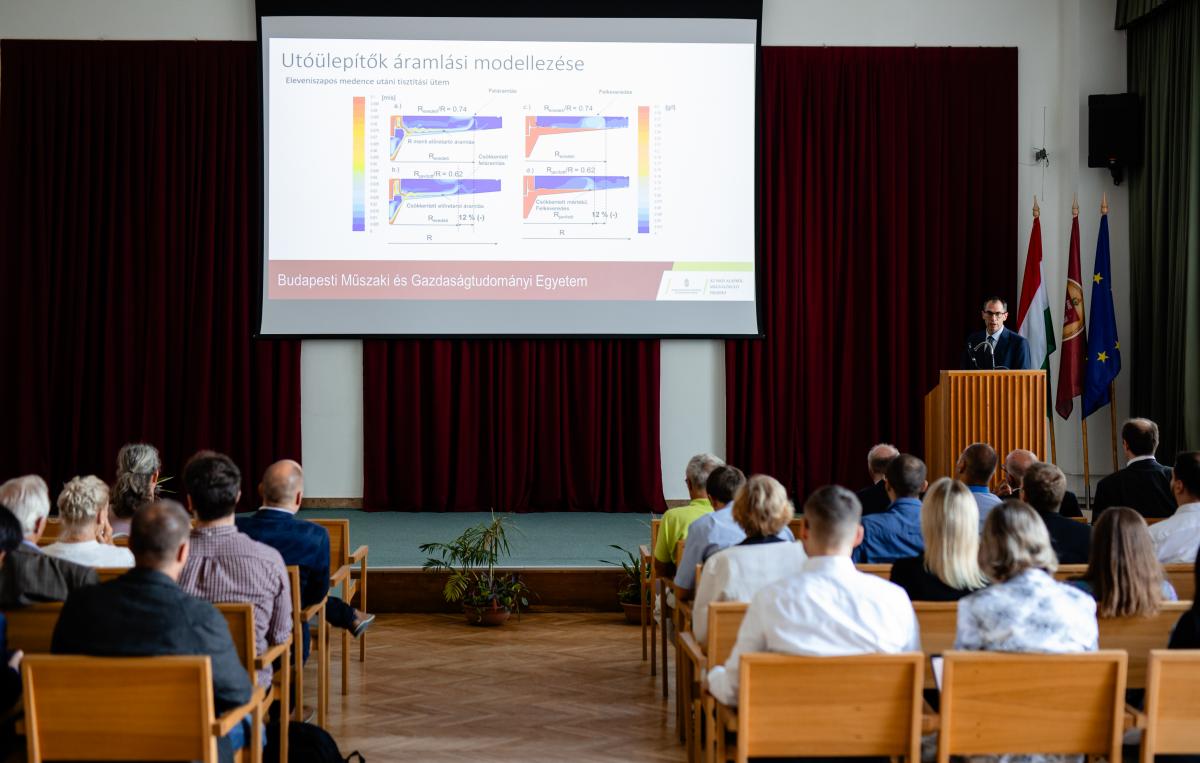
The audience could view the research posters after the speeches.
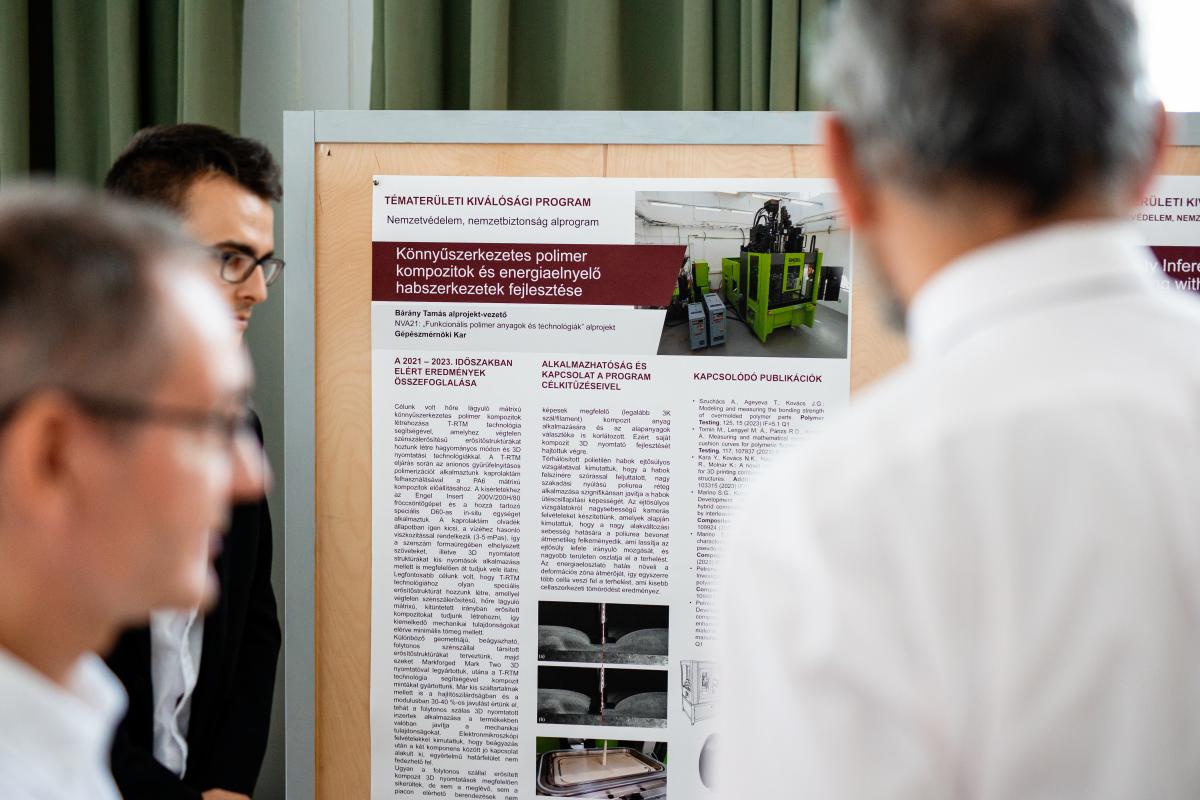
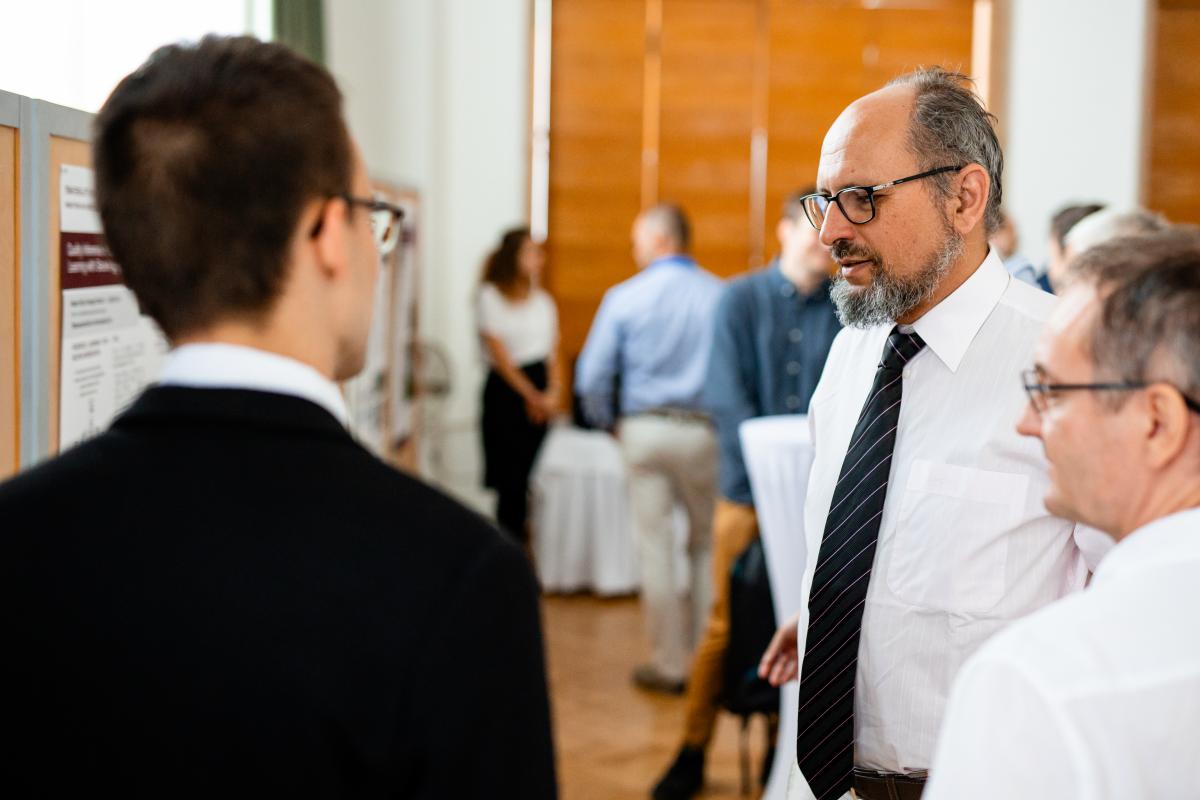
Gergő Marton, PhD student of the Department of Polymer Engineering, Faculty of Mechanical Engineering, replied questions related to the poster on lightweight polymer composites and energy absorbing foam structures.
The goal of the project is to produce thermoplastic matrix lightweight polymer composites using T-RTM technology, for which infinite carbon fibre reinforcement structures have been created using conventional and 3D printing technologies. This can achieve outstanding mechanical qualities with minimal weight. The drop-weight testing of cross-linked polyethylene foams has shown that the application of a high tensile elongation polyurea layer sprayed onto the foam's tensile layer significantly improves the foams' impact attenuation. The research team was lead by Associate Professor Tamás Bárány, head of the Polymer Engineering Department at the Faculty of Mechanical Engineering.
Has the Excellence in the Field of Research Program had an impact on the choice of the subject?
We had already tested lightweight polymer composites earlier. When sustainability becomes increasingly important, there is a growing demand for materials that offer excellent mechanical properties while reducing weight. Research in this and similar fields are ongoing simultaneously.
What did the Excellence in the Field of Research Program mean to you and your colleagues?
The program has provided significant support in terms of professional contacts and networking for the experts.
What is the next step: industrial utilisation or continued research?
Our results have been promising, so we are planning to continue them. We also see the possibility of industrial application; in particular our results in energy-absorbing foam structures could be used, for example, in the manufacture of protective equipment or sports mats. Injuries happen all too frequently on the mats we use today. If we cover sport mats with a poliurea layer, that will improve its impact attenuation capacity, offering a better protection to athletes.
A poster on the management and development of cerebral aneurysms showed that intracranial aneurysms (IA) are focal dilatations of the vessel wall, most commonly occurring in the segments of the circle of Willis or the internal carotid artery that we studied. The danger of sidewall aneurysms, and their counterparts in other locations, is that a rupture can cause a cerebral haemorrhage or even a stroke. The project has lead to an assessment system to study the development of cerebral sidewall aneurysms. Based on the evaluation, a correlation between the geometric characteristics of the parent artery and the flow phenomena can be sought. Using the evaluation system, a statistical test demonstrated that aneurysm formation is more likely in the arterial bend where the largest case-specific curvature induces the largest case-specific secondary flow. Measurement of the hydrodynamic resistance of flow modification devices for the treatment of aneurysms with multiple manufacturers and installation options. The project was lead by professor György Paál, head of the Department of Hydrodynamic Systems at the Faculty of Mechanical Engineering.
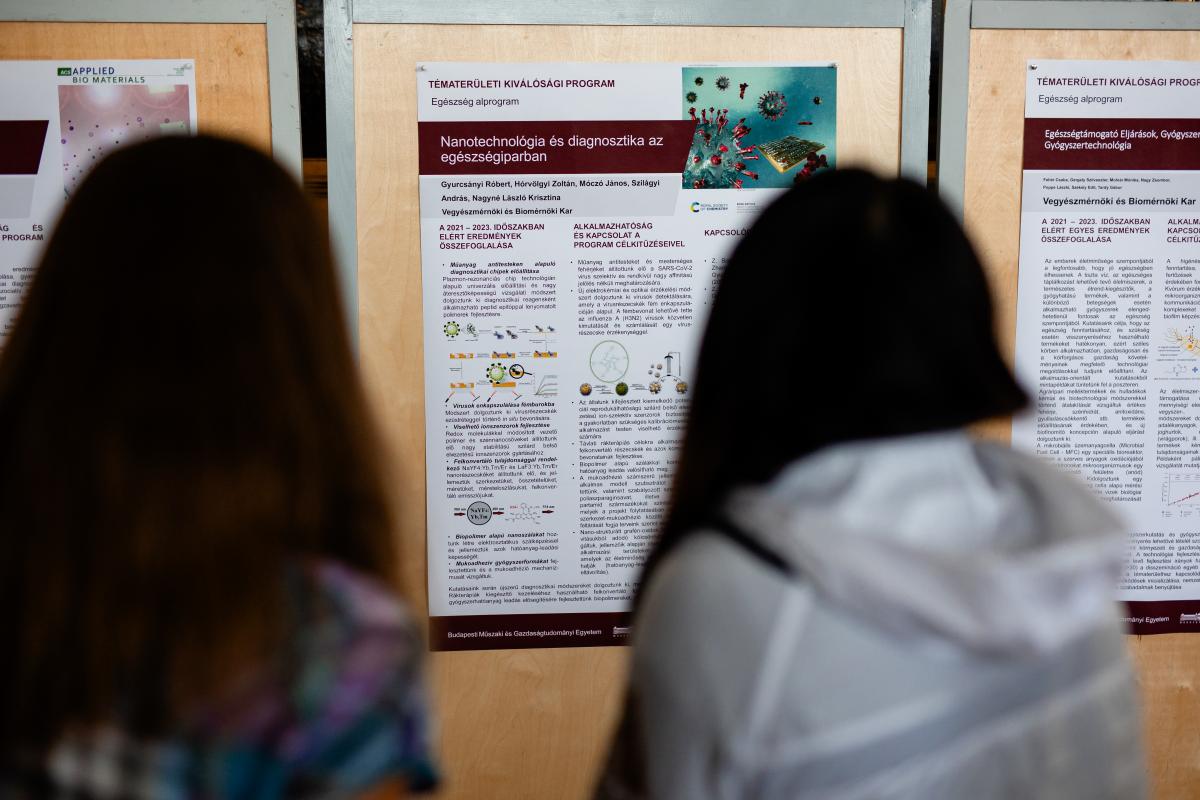
Benjámin Csippa, research assistant of the he Department of Hydrodynamic Systems at the Faculty of Mechanical Engineering answered our questions.
Doesn’t this research belong in the profile of a medical school?
We have been doing this research for over a decade, with the first request arriving from the National Institute of Mental Health, Neurology and Neurosurgery; they needed engineering solutions to medical questions. Our cooperation has been ongoing with the Semmelweis University since then.
Are you saying that you had already been working on this subject when the contest was announced?
Yes, this was my subject during my PhD studies. Aneurysms may give rise to serious medical emergencies, such as a cerebral haemorrhage or stroke. Our results and developments may help physicians and patients to better understand the dangers of this condition. Calculations done during the treatment may help doctors. Our goal is to be able to recommend a patient-specific treatment to the doctors, tailored to the patient’s personal condition.
What is the benefit and significance of the Excellence in the Field of Research Program to you?
It helps promote our publications and increase our network. Most importantly, it provides visibility to our results in the Hungarian research community.
What are the next steps?
The industrial application of our results require further research activities. We had achieved serious results in the preceding ten years, producing an great number of publications in the subject. We participate in an ongoing H2020 project and will be involved in a Horizon Europe project soon.
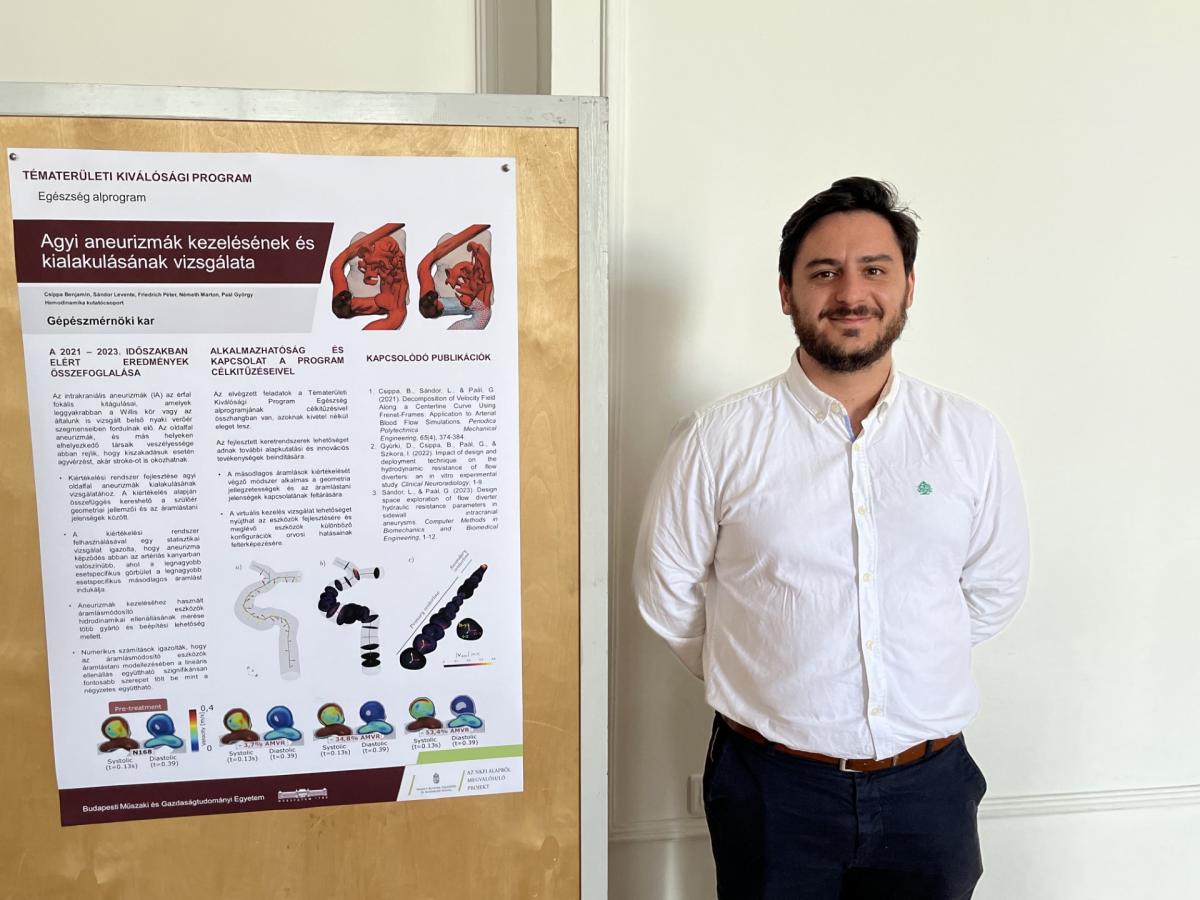
Rector’s Cabinet Communications Directorate - KJ
photo: B. Geberle


